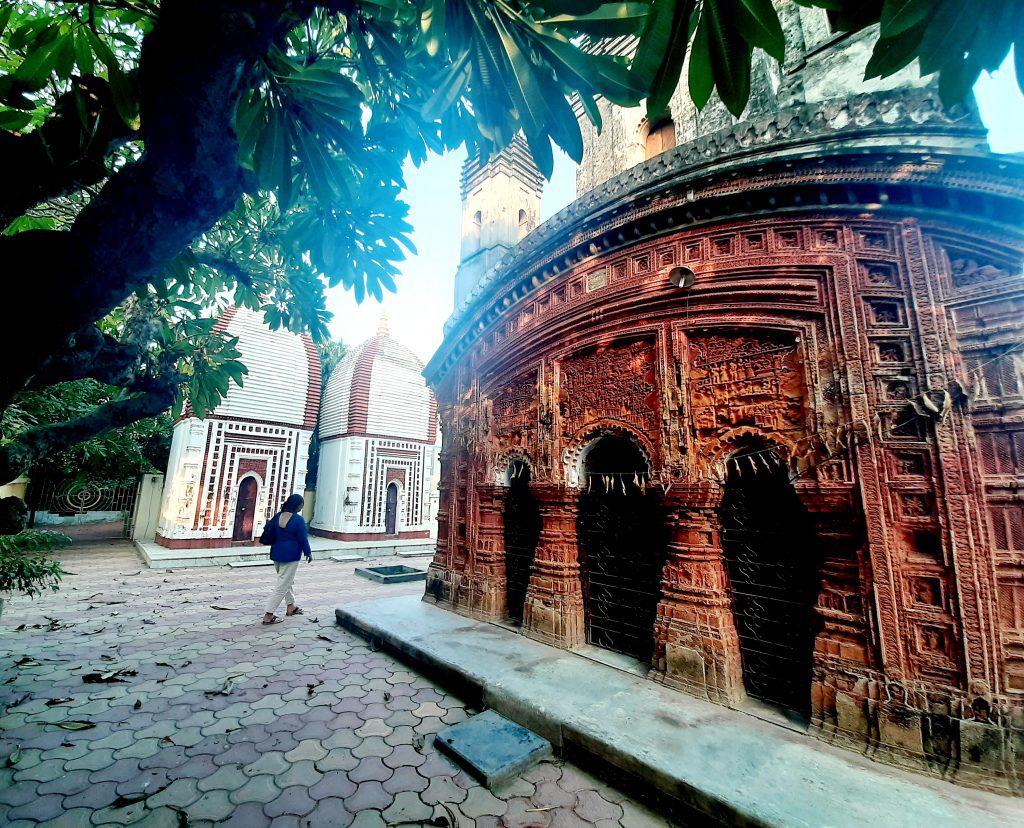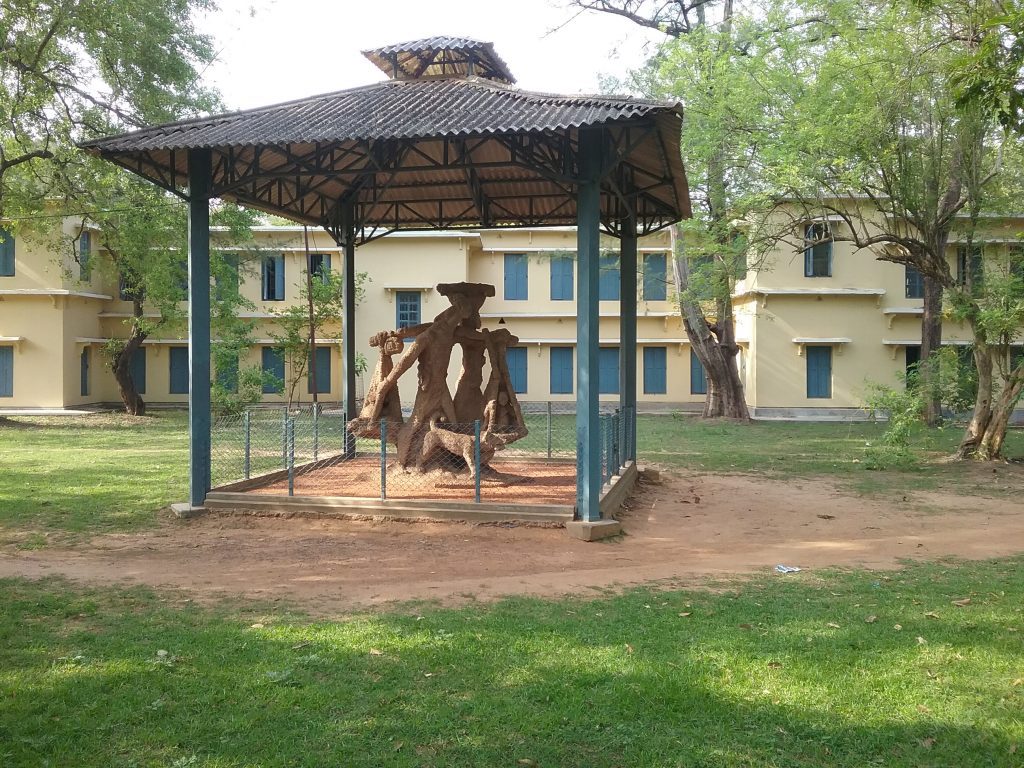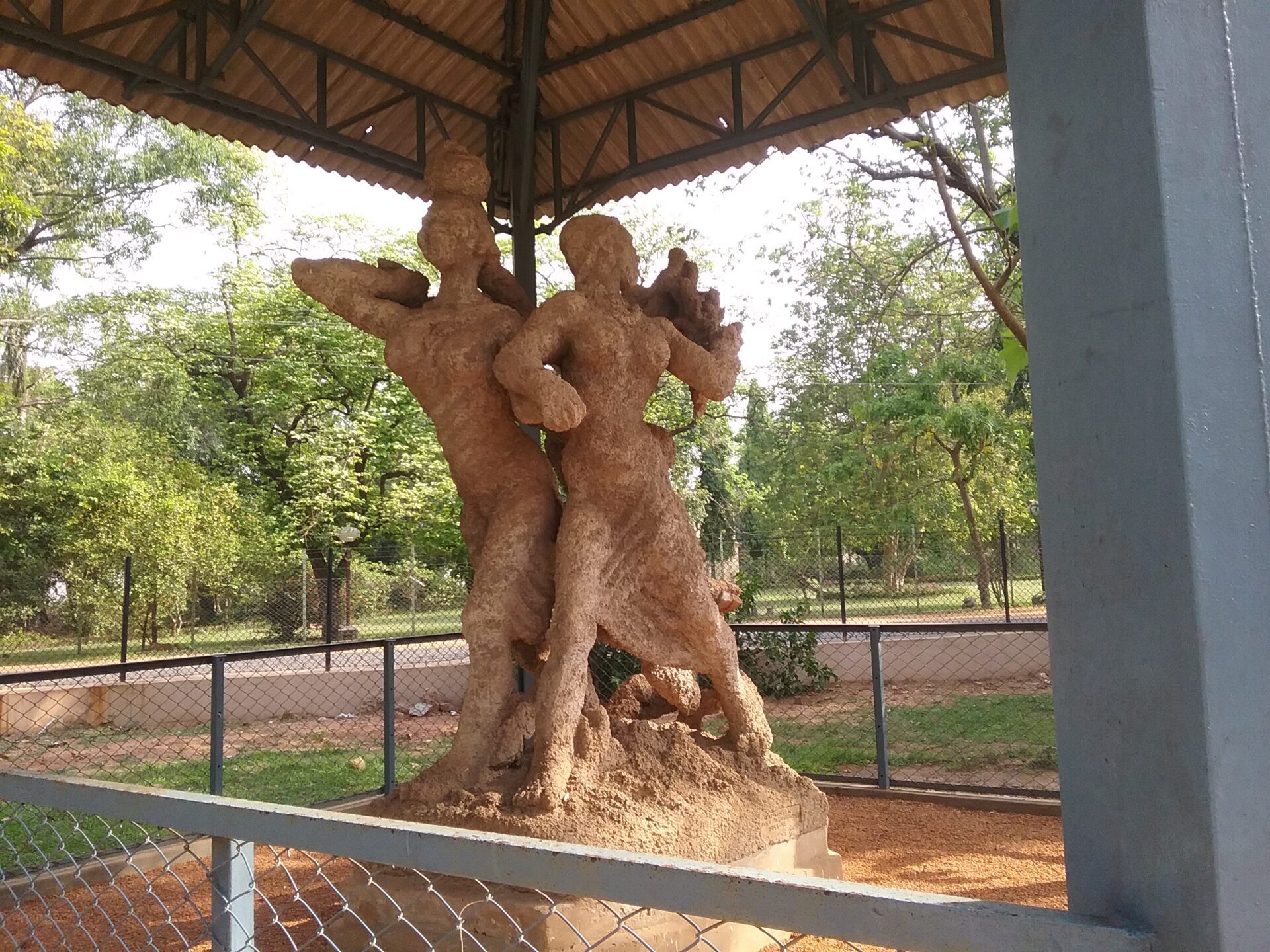Sriniketan: A Beacon of Rural Development and Cultural Heritage
Sriniketan, a vibrant neighborhood in the Bolpur subdivision of Birbhum district, West Bengal, India, is a place where tradition, education, and rural development converge. Known for its close association with Visva-Bharati University and its pioneering institutions, Sriniketan is a testament to the visionary work of Rabindranath Tagore. This article explores the rich history, cultural significance, and contemporary relevance of Sriniketan, a place that continues to inspire and empower rural communities.
The Historical Roots of Sriniketan
The story of Sriniketan begins in 1921 when Rabindranath Tagore acquired a manor house and its surrounding lands in Surul from the Sinhas of Raipur. In 1922, Tagore established the Institute of Rural Reconstruction (IRR) within the manor house, appointing Leonard Knight Elmhirst as its first director. The name *Sriniketan*, meaning “abode of prosperity,” reflects Tagore’s vision of revitalizing rural life through education and community engagement.
In 1923, the second campus of Visva-Bharati University was established around the same location, solidifying Sriniketan’s role as a hub for rural development and education. Tagore’s philosophy emphasized self-reliance and the use of scientific methods to address village problems. This approach sought to empower villagers to solve their own challenges rather than relying on external solutions.

Educational Initiatives and Institutions
Sriniketan is home to several pioneering institutions that embody Tagore’s vision of holistic rural development. These include:
- Palli Samgathana Vibhag (Institute of Rural Reconstruction): Focused on comprehensive rural development, this institute addresses agriculture, health, sanitation, and economic research. It fosters collaboration among villagers to enhance their living conditions through mutual aid and shared resources.
- Palli Siksha Bhavana (Institute of Agricultural Sciences): Established in 1963, this institution is dedicated to agricultural education and sustainable farming practices. It plays a crucial role in training future agriculturists and promoting innovative agricultural techniques.
In addition to these institutions, Sriniketan is known for its educational programs:
- Siksha-Satra: Originally started in Santiniketan in 1924, this school was relocated to Sriniketan in 1927. It aimed to educate children from nearby villages, enabling them to contribute positively to their communities.
- Loka-Siksha Samsad: Founded in 1936, this organization promotes non-formal education for those lacking access to traditional educational opportunities, reflecting Tagore’s commitment to inclusive education.
Cultural Significance and Artistic Heritage
Sriniketan is not only an educational hub but also a cultural center that celebrates local arts and crafts. The area is renowned for its traditional handicrafts, including pottery, leatherwork, and batik printing. These initiatives preserve local heritage while providing economic opportunities for artisans within the community.
One notable artwork in Sriniketan is the mural created by renowned artist Nandalal Bose. This mural adds to the cultural richness of the region and serves as a testament to the artistic vision that permeates the community.

Geography and Climate
Sriniketan is situated at the coordinates 23.66°N 87.66°E in the Bolpur subdivision of Birbhum district, West Bengal. It boasts an average elevation of 49 meters (161 feet), offering a scenic and picturesque landscape. The region experiences a moderate climate with distinct seasonal variations:
- Average High Temperatures: Ranging from 24.7°C (76.5°F) to 36.7°C (98.1°F), with the warmest months being April and May.
- Average Low Temperatures: Ranging from 11.6°C (52.9°F) to 26.0°C (78.8°F), with the coldest period occurring between December and January.
- Rainfall: The annual rainfall averages around 1,479.9 millimeters (58.26 inches), with the highest precipitation during the monsoon season (June to September).
Contemporary Relevance and Legacy
Today, Sriniketan continues to be a vibrant center for rural reconstruction efforts. It attracts scholars, educators, and social workers committed to improving the quality of life in rural areas through innovative practices and community involvement. The legacy of Rabindranath Tagore’s vision remains influential, inspiring ongoing efforts toward sustainable development in rural India.
Sriniketan is also the headquarters of the Bolpur-Sriniketan Community Development (CD) Block, serving as the administrative hub for various developmental activities and initiatives. This strategic positioning underscores its importance in governance, planning, and the delivery of essential services to the local population.
Conclusion: A Testament to Tagore’s Vision
Sriniketan stands as a testament to Rabindranath Tagore’s enduring belief in the power of education and community-driven change. From its historical roots to its contemporary relevance, Sriniketan remains a pivotal location for both historical reflection and modern rural development initiatives. Whether you are drawn to its educational institutions, cultural heritage, or scenic beauty, Sriniketan offers a unique and enriching experience for all who visit.

